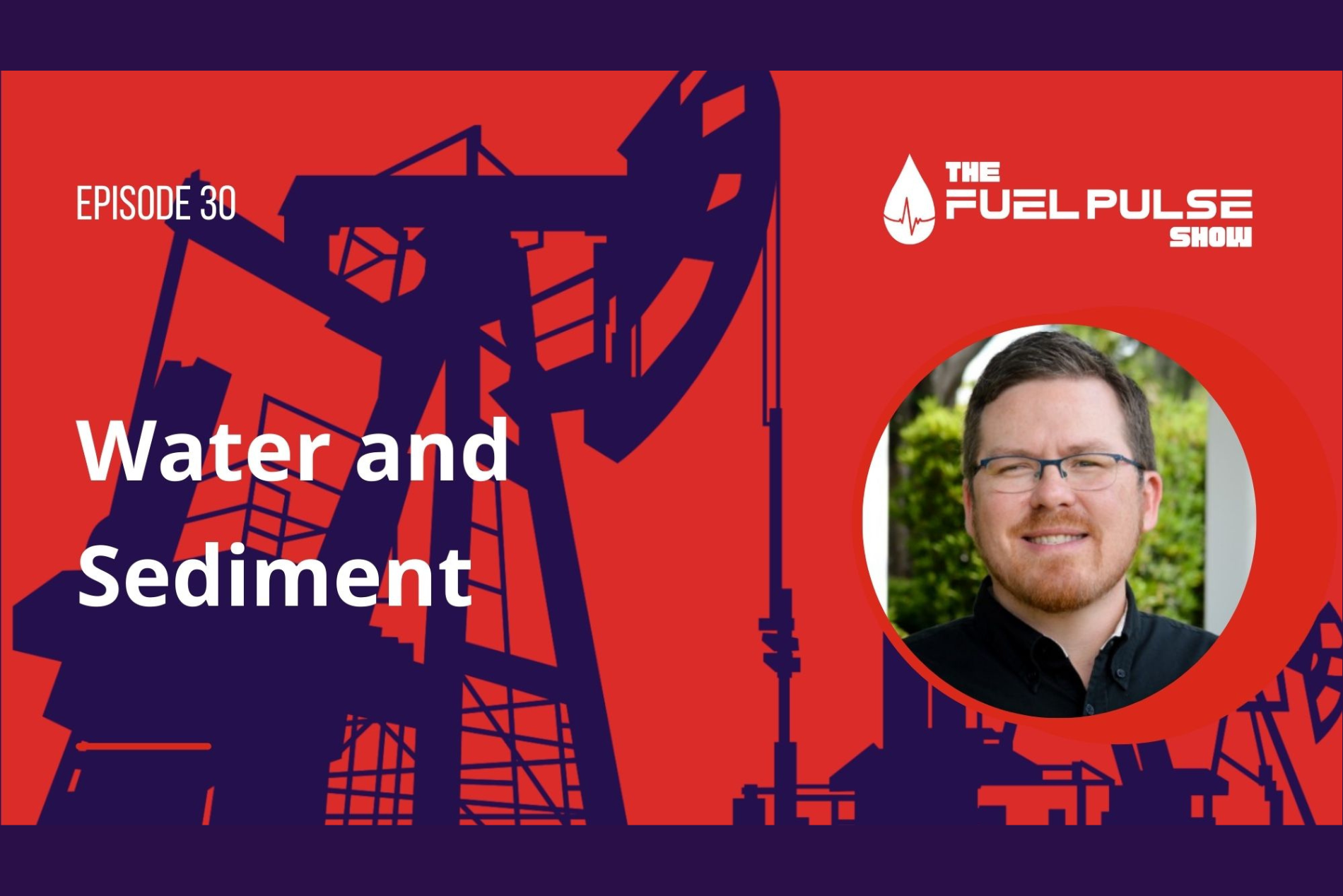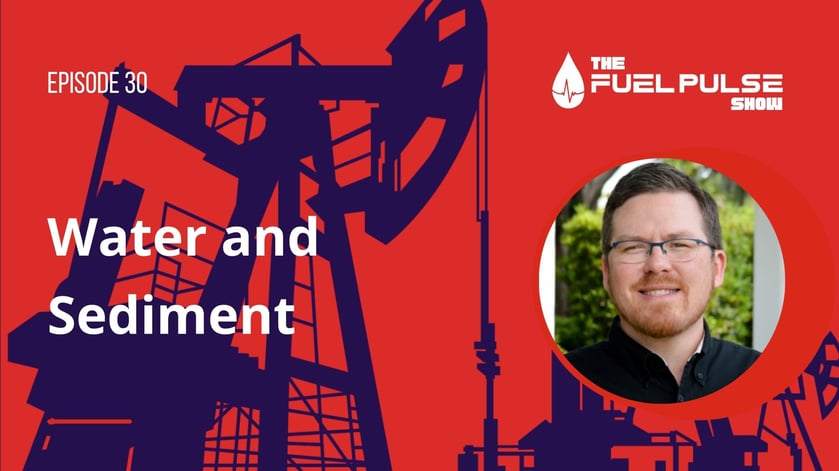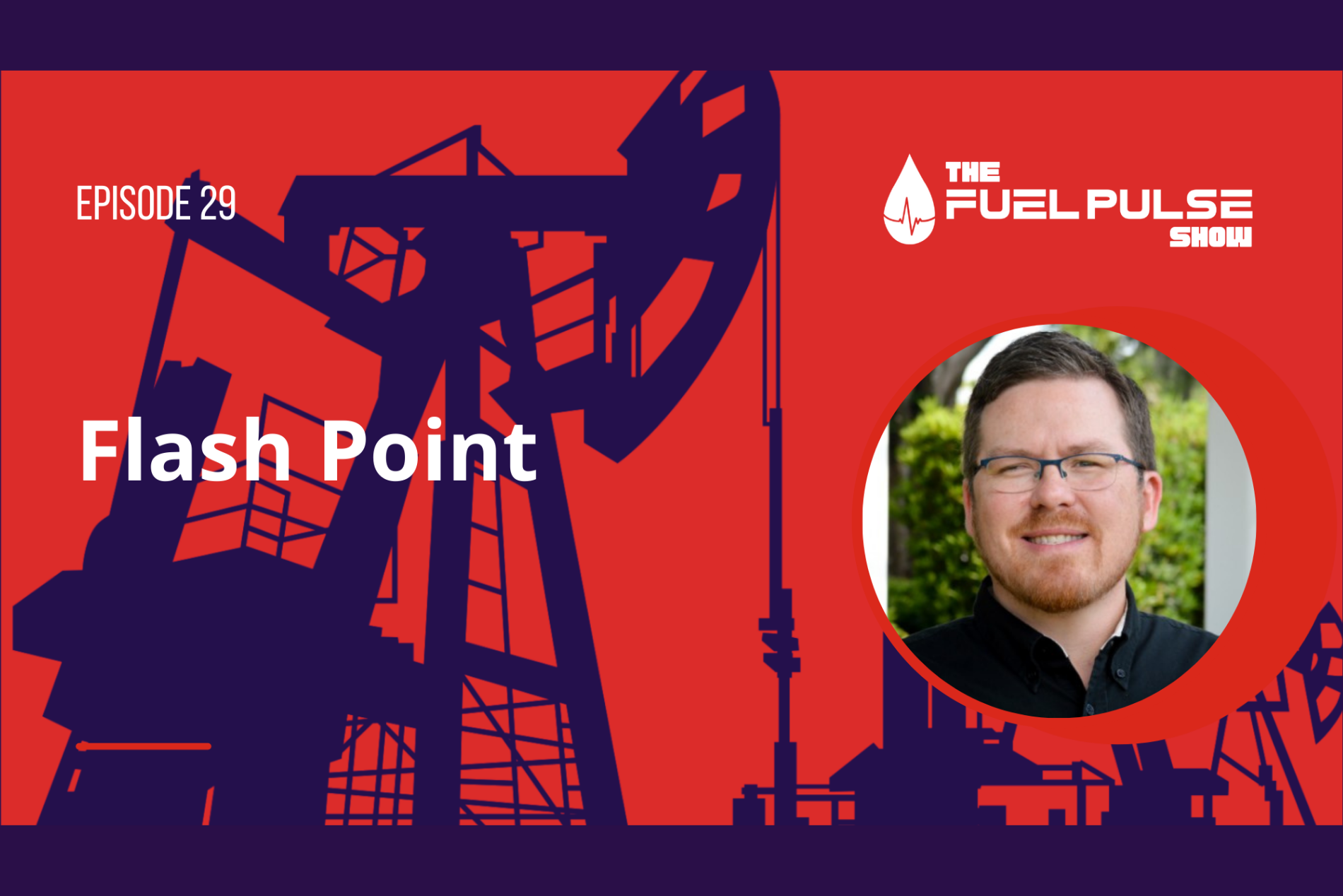Episode 029 - Flash Point
Whether you're a fuel professional or just curious about the intricacies of fuel specifications, this episode will explain everything you need to...


Today we are continuing our exploration of fuel testing, focusing specifically on water and sediment analysis. Annual fuel testing is crucial to ensure your fuel meets the required specifications for safe usage. In this episode, I'll share the implications of failing water and sediment tests and the common causes behind such failures.
You will learn about the importance of following ASTM testing processes and requirements, and gain insights into preventing water and sediment issues in the future. Listen in as I explain the consequences of using fuel with excessive water and sediment content, highlighting the need for proactive measures to maintain optimal fuel performance.

Whether you're a fuel professional or just curious about the intricacies of fuel specifications, this episode will explain everything you need to...

1 min read
Welcome to part 2 of our series on solving microbe problems. In this episode, we delve into the crucial steps that follow water cleanup in your tank,...

Fuel is the lifeblood of many industries, but with great power comes great responsibility. Unfortunately, keeping microbial contamination at bay is...